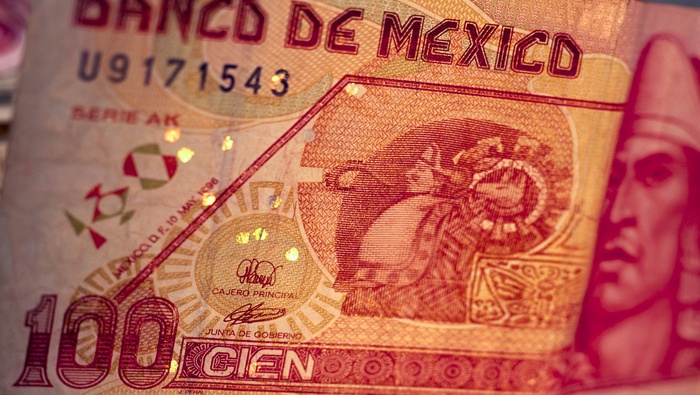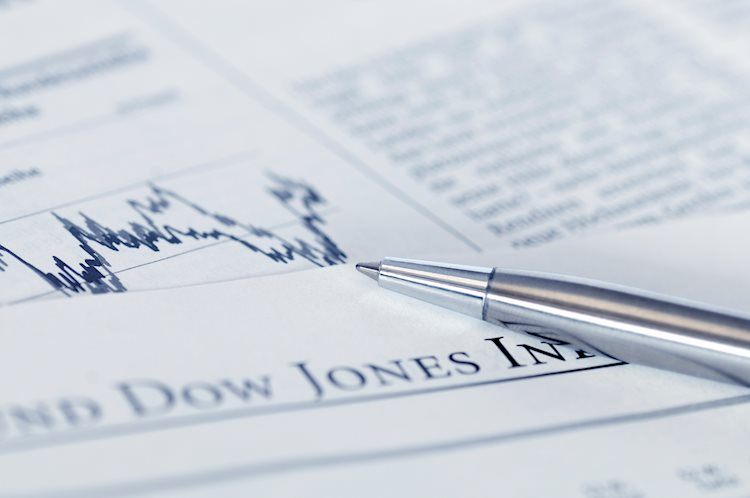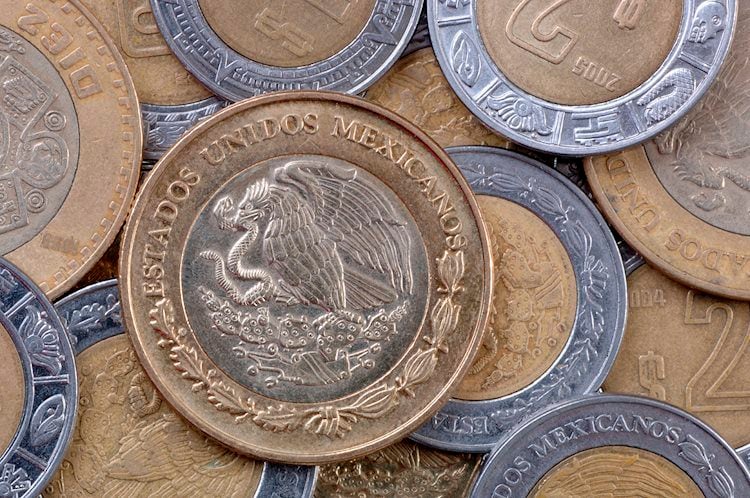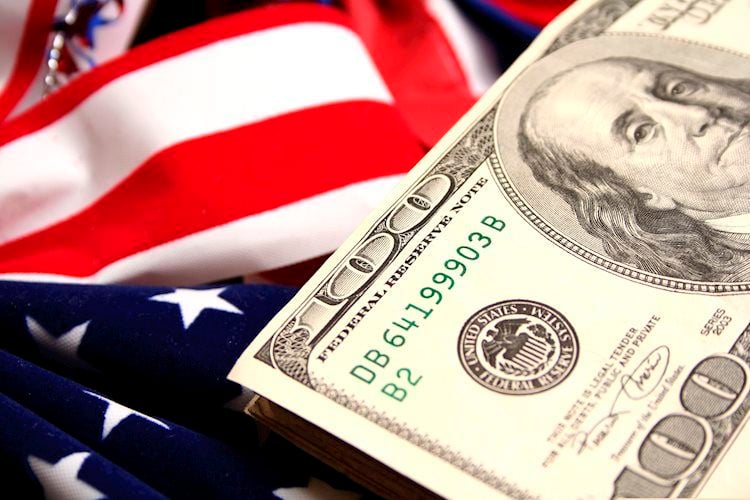KEY POINTS: Mexico’s persistently high inflation may force Banxico to tighten its monetary policy aggressively in the second half of the year. Markets anticipate two more 25-basis-point rate hikes in 2021, while investors are beginning to price in a third. Banxico’s tighter monetary policy could help the Mexican peso against the US dollar.
Advertisement
Oil prices fall as technicals reflect bearish fundamentals, according to the most recent news.
Following the release of the latest INEGI data, I wrote about inflation in Mexico earlier today. The headline CPI fell slightly to 5.88 percent y/y in June from 5.89 percent y/y in May, but it remained well above the central bank’s target of 3 percent +/- 1 percentage point above or below that level (as a reminder, Banxico aims for a rate of 3 percent +/- 1 percentage point above or below that level). Meanwhile, core inflation, which excludes volatile commodities like gasoline and agricultural products and is widely studied by policymakers, rose 4.58 percent year over year, reaching its highest level since December 2017. Looking at the data, the headline CPI result is concerning, but what is more concerning is the persistent rise in core inflation, which indicates increasing pricing pressures in the face of rising service costs. Pent-up demand should intensify the observed pattern as the economy reopens more fully in the following months, ensuring elevated inflation levels for the rest of the year and maybe beyond. Banxico will have no choice but to raise borrowing costs again in the second half of 2021 to ensure that inflation converges to goal across the policy horizon and expectations are not unanchored by second-round impacts. The market now expects two more 25-basis-point rate hikes by the end of the year, though expectations for a third hike are beginning to strengthen. If all three raises go through, Banxico’s benchmark rate will be 5.00 percent at the end of the year. As long as US government yields remain low in relative terms, tighter monetary policy from Banxico would raise nominal rates in the country and strengthen the Mexican peso. However, as I noted in a recent piece, volatility must remain low for the search-for-yield trade to work in MXN’s favor (for reference, many traders choose to watch the VIX Index to see how volatility is behaving in the broad market). Nothing, on the other hand, would prevent the Mexican peso from depreciating against the dollar if investor mood deteriorated, markets became defensive, and instability ensued. Traders typically cut EM FX exposure when risk aversion rises in order to rush into safe-haven assets. TECHNICAL ANALYSIS OF THE USD/MXN Following a brief rise to the upside, USD/MXN appears to have stopped again after clashing with its 200-day moving average in the 20.00/20.20 level. If selling pressure picks up, the initial support will be found at the 19.80 mark, followed by the 2021 low near the 19.55 mark. Beyond this point, the psychological threshold of 19.00 kicks in. Alternatively, if bulls reclaim control and USD/MXN convincingly breaks through the 20.00/20.20 barrier, buyers might push the currency to the 20.75 level, where the June high intersects with a 12-month falling trendline. TECHNICAL CHARTEDUCATION TOOLS FOR THE USD/MXN FOR TRADERSA Are you just starting out? Download our FX trader’s handbook for beginners. Would you like to learn more about yourself as a trader? Take our quiz to learn how IG’s client positioning data can help you understand market sentiment. Here’s where you can get a free guide on how to use this strong trading indicator. For weekly market updates and incisive analysis, sign up for the DailyFX Newsletter. —- Diego Colman, DailyFX Market Strategist, wrote this article. @DColmanFX is my Twitter handle./n
Read More




